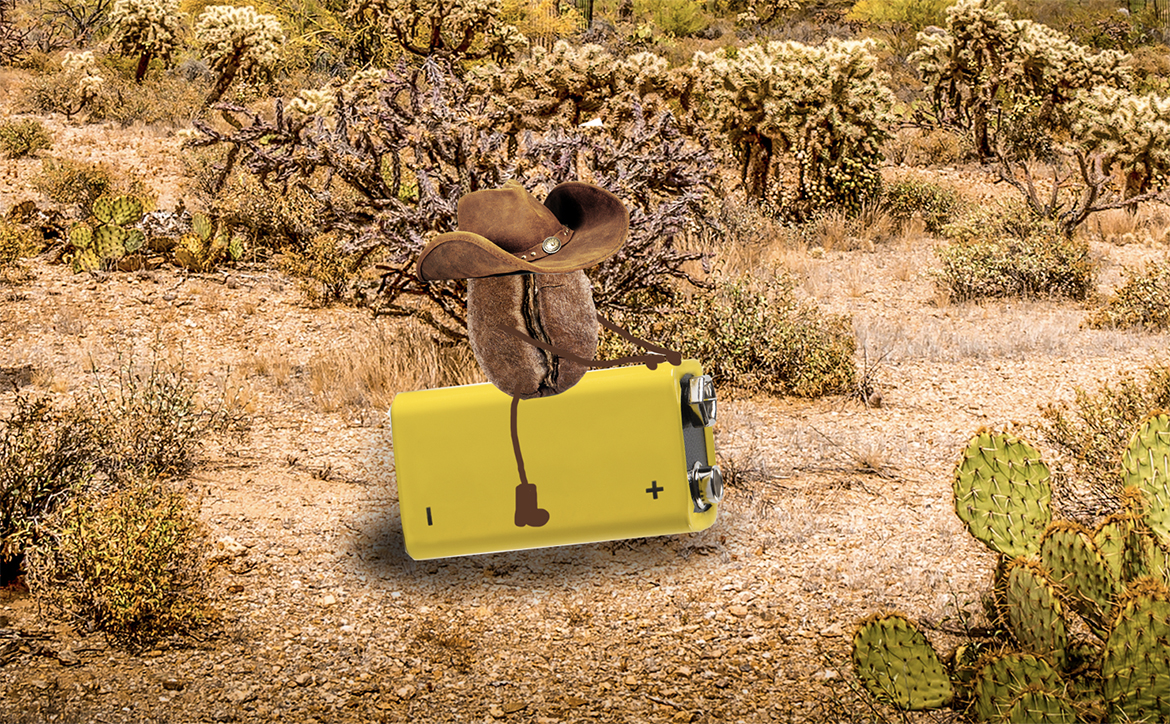
There is pretty much nothing coffee can’t do. If George Washington Carver had turned his attention to this caffeinated little wunderseed instead of the lowly peanut, we’d probably be brewing space coffee in our luxurious Martian summer homes by now. But Carver chose legumes, so our earthbound scientists have spent the past century shouldering the burden of finding the other 299 uses for coffee. And they’ve discovered another application: using coffee grounds as electrodes in lithium-ion batteries.
As reported by Phys.org, researchers from Moscow’s RUDN University—known more formally and also quaintly somehow as the Peoples’ Friendship University of Russia—have found a way to take used coffee grounds and repurpose them as an eco-friendly replacement for graphite-based electrodes commonly found in lithium-ion batteries and electric cars. In an article in the Journal for Cleaner Production titled Non-porous carbonaceous materials derived from coffee waste grounds as highly sustainable anodes for lithium-ion batteries, the researchers were looking to organic waste as a source of carbon materials to be used in lieu of graphite. They considered items like “cherry and olive stones, pomace, seaweed, and rice husk” before ultimately settling on coffee, leaving no stone unturned.
To create the anodes (negative electrodes), researchers took used coffee grounds from their university canteen and reground them for uniformity before baking them at a balmy 800°C. They were then combined with a plastic binding agent to create the organic anode.
When tested, the coffee grounds had a “heat storage capacity of 285 mA-h at the current strength of 0.1A,” which according to Phys.org is a “modest value compared to modern accumulators.” But these numbers are much higher than those of anodes made from other types of organic waste, and the electrodes made from coffee grounds have unique properties that make them “more long-lasting and therefore energy saving.”
“Lithium-ion accumulators with our electrodes kept their initial capacity after 100 cycles, losing only 0.23 percent per cycle,” says Raphael Luke, director of the Center for Molecular Design and Synthesis of Innovative Compounds for Medicine, and a visiting scholar at RUDN. “Increasing energy storage requirements make our work particularly interesting. Its advantages lie in its simplicity and expediency. This method may be scaled out to industrial levels, as coffee grounds are available all over the world in huge quantities compared to other substances used in the production of lithium-ion batteries.”
We are probably still a long ways off from seeing electric cars being fueled by dumping coffee grounds into a little hole in the armrest a la the Super Mario Bros movie, but given the eco-friendly nature and ubiquity of the source material, it may only be a matter of time. Soon enough we’ll all be zipping around in our coffee-powered cars on our roads made of coffee to our houses powered by, you guessed it, coffee. We’d probably already be there if George Washington Carver was a coffee guy. DAMN YOU, PEANUTS!
Zac Cadwalader is the managing editor at Sprudge Media Network and a staff writer based in Dallas. Read more Zac Cadwalader on Sprudge.
The post Scientists Turn Coffee Grounds Into Electrodes For Lithium-Ion Batteries appeared first on Sprudge.

